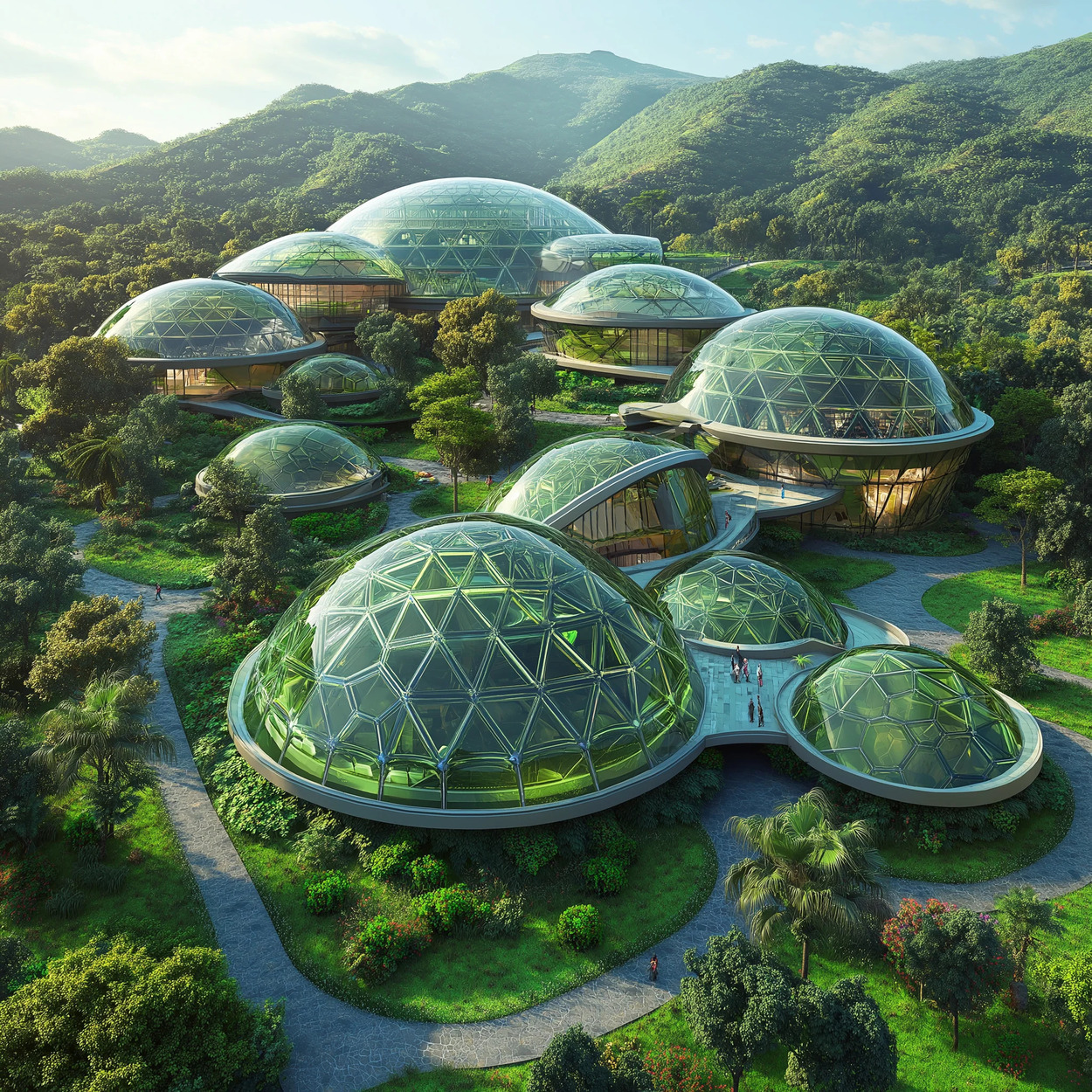- Home
- Articles
- Architectural Portfolio
- Architectral Presentation
- Inspirational Stories
- Architecture News
- Visualization
- BIM Industry
- Facade Design
- Parametric Design
- Career
- Landscape Architecture
- Construction
- Artificial Intelligence
- Sketching
- Design Softwares
- Diagrams
- Writing
- Architectural Tips
- Sustainability
- Courses
- Concept
- Technology
- History & Heritage
- Future of Architecture
- Guides & How-To
- Art & Culture
- Projects
- Interior Design
- Competitions
- Jobs
- Store
- Tools
- More
- Home
- Articles
- Architectural Portfolio
- Architectral Presentation
- Inspirational Stories
- Architecture News
- Visualization
- BIM Industry
- Facade Design
- Parametric Design
- Career
- Landscape Architecture
- Construction
- Artificial Intelligence
- Sketching
- Design Softwares
- Diagrams
- Writing
- Architectural Tips
- Sustainability
- Courses
- Concept
- Technology
- History & Heritage
- Future of Architecture
- Guides & How-To
- Art & Culture
- Projects
- Interior Design
- Competitions
- Jobs
- Store
- Tools
- More
Innovative Materials Shaping the Future of Architectural Design for a Sustainable Tomorrow

Architecture has always been a reflection of human creativity and progress, but the materials we use are now transforming the possibilities like never before. As technology advances, we’re seeing groundbreaking innovations that not only enhance aesthetics but also improve sustainability, functionality, and efficiency in design.
From self-healing concrete to transparent solar panels, these cutting-edge materials are redefining how we approach construction and design challenges. They allow us to build smarter, greener, and more resilient structures that align with the needs of a rapidly changing world. It’s an exciting time to explore how these innovations are shaping the future of architecture and pushing the boundaries of what’s possible.
Table of Contents
ToggleThe Role Of Innovative Materials In Modern Architecture
Innovative materials are transforming how we approach modern architectural design. By integrating advanced technologies, architects can create structures that are sustainable, efficient, and adaptable to evolving needs. Materials like self-healing concrete allow buildings to maintain structural integrity by repairing cracks automatically, reducing maintenance costs and extending longevity.
Energy-efficient materials, such as transparent solar panels, merge functionality with aesthetics. These panels generate renewable energy while providing natural light, reducing energy consumption in commercial and residential buildings. Similarly, fiberglass insulation for metal buildings enhances energy retention, making metal structures more thermally efficient and environmentally friendly.
Lightweight and durable options, such as carbon fiber and advanced composites, enable the construction of complex geometries and high-rise buildings with reduced material usage. These materials not only lower transportation costs but also support innovative designs that were previously unfeasible.
Sustainability remains a central focus. Biodegradable and recycled materials, including reclaimed wood and recyclable polymers, minimize environmental impact while promoting a circular economy. These resources allow architects to align their projects with green building certifications around the world.

Innovative materials also enhance adaptability. Smart glass, which alters transparency based on external conditions, improves energy efficiency and user comfort. Shape-memory alloys enable dynamic adjustments in building elements, introducing a new dimension of interactivity in architectural spaces.
Sustainable Materials Driving Architectural Revolution
The integration of sustainable materials is transforming architectural practices. Architects now prioritize environmental impact and resource efficiency, ensuring innovative designs align with eco-friendly principles.
Recycled And Renewable Materials
Recycled and renewable materials reduce waste while conserving natural resources. Using reclaimed wood, recycled steel, and concrete from demolished structures lowers reliance on virgin materials. For example, recycled steel offers the same strength as new steel but with significantly reduced energy inputs. Bamboo, as a renewable resource, provides durability and rapid regrowth, making it ideal for structural elements and finishes. Cork is another renewable choice, offering insulation properties and design flexibility while being entirely biodegradable. By incorporating these materials, architects support sustainable systems and build for long-term resilience.
Biomaterials In Construction
Biomaterials in construction offer eco-friendly alternatives to conventional substances. Mycelium, derived from fungal networks, acts as a low-impact insulation and paneling material. Hempcrete combines hemp fibers with lime to create lightweight, durable building blocks with natural insulation. Bio-based polymers, such as PLA, offer recyclable options for architectural components. Algae-based materials are also gaining traction, enabling carbon sequestration during production while providing innovative design possibilities. These materials reduce dependency on synthetic, non-renewable options, aligning with global sustainability goals and paving new directions for architecture.
High-Performance Materials Redefining Structures
Architectural innovation increasingly relies on high-performance materials that enhance strength, adaptability, and efficiency. These materials foster groundbreaking designs while addressing modern challenges like sustainability and energy conservation.
Smart Materials And Adaptive Designs
Smart materials are transforming structural adaptability and environmental responsiveness. Shape-memory alloys adapt to temperature changes, enabling movement or shape retention in components like window frames or facade systems. Electrochromic smart glass adjusts opacity in response to light, optimizing energy efficiency by reducing reliance on artificial lighting and cooling. Self-healing materials, including self-healing concrete, ensure longevity by automatically repairing microcracks, enhancing resilience and lowering maintenance costs. These intelligent systems merge functionality with aesthetic versatility, supporting dynamic, sustainable architecture.
Lightweight And Ultra-Strong Composites
Lightweight composites like carbon fiber and fiberglass redefine modern construction through durability and energy efficiency. Carbon fiber supports intricate designs while maintaining exceptional strength, making it ideal for modern facades and high-rise structures. Ultra-strong materials like graphene improve load-bearing capacities, reducing the need for heavy materials while enabling sleeker, more innovative architectural designs. These advancements streamline construction while contributing to sustainable, resilient infrastructure.
Technological Integration With Innovative Materials
Technological advancements intersect with innovative materials to redefine architectural possibilities. Integration of 3D printing and nanotechnology enhances structural efficiency, sustainability, and aesthetics.
3D Printing In Architectural Materials
3D printing enables precise fabrication and reduces material waste. By using sustainable materials like recycled plastics and bio-based composites, it promotes eco-friendly construction. Large-scale 3D printing systems can produce entire building components, streamlining production and lowering costs. For example, structures printed with reinforced concrete achieve greater strength while minimizing resource use. Additionally, integrating 3D-printed parts with lightweight materials such as fiberglass improves energy efficiency and thermal regulation. This versatility supports customized designs while ensuring sustainability and functional performance.
Nanotechnology’s Impact On Building Design
Nanotechnology transforms material properties at the molecular level, enhancing functionality and durability. Materials like nano-coatings improve energy efficiency by optimizing thermal insulation and reducing heat loss. Nanoparticles strengthen construction materials like concrete and steel, increasing longevity and reducing the need for maintenance. Self-cleaning nano-coatings on glass surfaces maintain transparency while lowering upkeep costs. These advancements contribute to resilient, efficient, and visually innovative architectural designs.
Challenges And Opportunities
Innovative materials offer transformative potential for architectural design, but they also pose distinct challenges. High costs and limited availability can restrict access to advanced materials like graphene and carbon fiber in large-scale applications. Additionally, integrating smart materials, such as electrochromic glass or shape-memory alloys, demands specialized knowledge and equipment, increasing project complexity and costs. Regulatory and safety standards must also evolve to keep pace with new material technologies.
On the other hand, these challenges create opportunities for further innovation. For example, improving cost-efficiency in the production of materials allows for broader implementation in various structures. The adoption of sustainable materials and methods aligns with industry trends advocating environmental stewardship, enabling architects to attract eco-conscious clients. 3D printing and nanotechnology provide platforms to address limitations in material usage and performance, opening doors for customized solutions and reduced waste.
Collaboration across industries can overcome resource constraints and promote global adoption of cutting-edge materials. As research advances, materials such as mycelium and hempcrete could reach commercial scalability, offering mainstream eco-friendly alternatives. By focusing on energy-efficient properties of materials like fiberglass insulation, architects and engineers can enhance thermal performance while achieving sustainability objectives. Strategic integration of these materials will define smarter, greener, and more adaptable architectural practices.
illustrarch is your daily dose of architecture. Leading community designed for all lovers of illustration and #drawing.
Submit your architectural projects
Follow these steps for submission your project. Submission FormLatest Posts
What are Biodomes?
Biodomes are transforming architecture by blending ecological science with advanced design to...
The Quiet Revolution of Biophilic Design
Biophilic design is reshaping homes, workplaces, and cities—backed by evidence. Learn core...
Sustainable Solutions in Contemporary Architecture: From Passive Design to Clean Energy
Sustainable solutions in contemporary architecture: a practical playbook to hit net-zero, cut...
Sustainable Coastal Construction: Building Resilience Where Land Meets Sea
Sustainable coastal construction expert guide: plan, design, and build resilient shorelines with...












Leave a comment